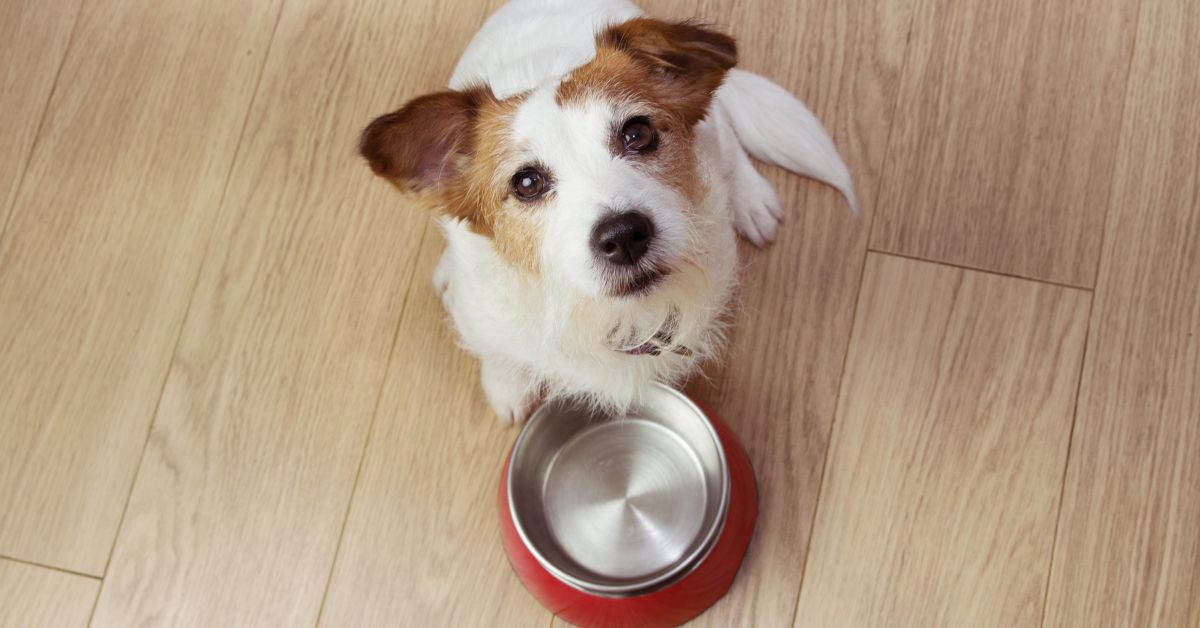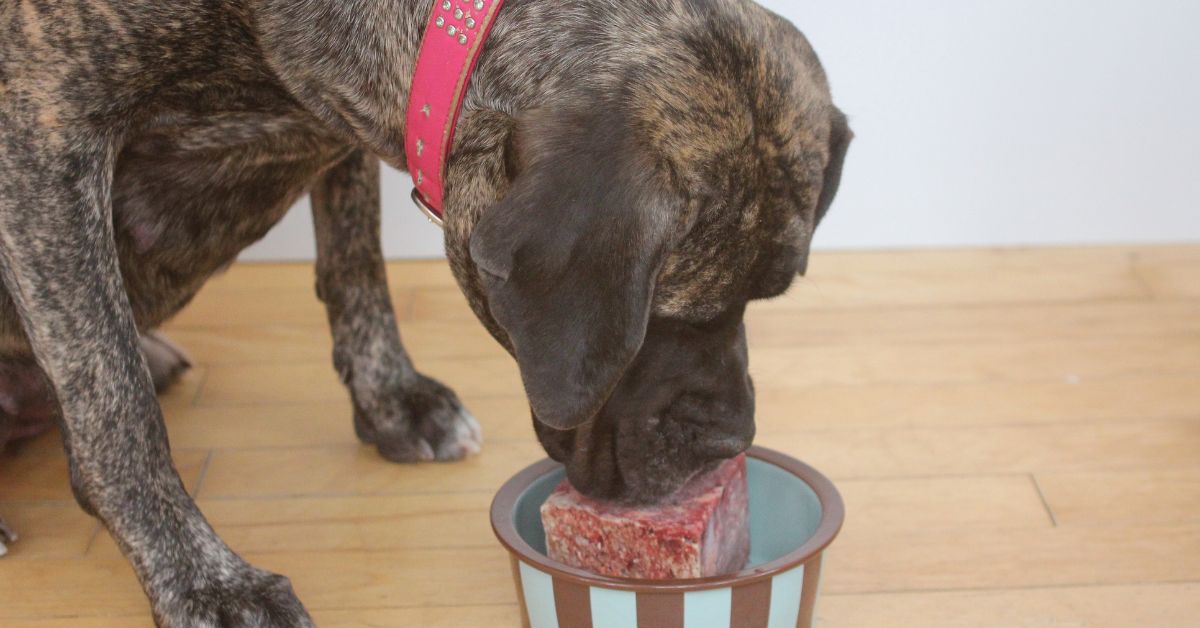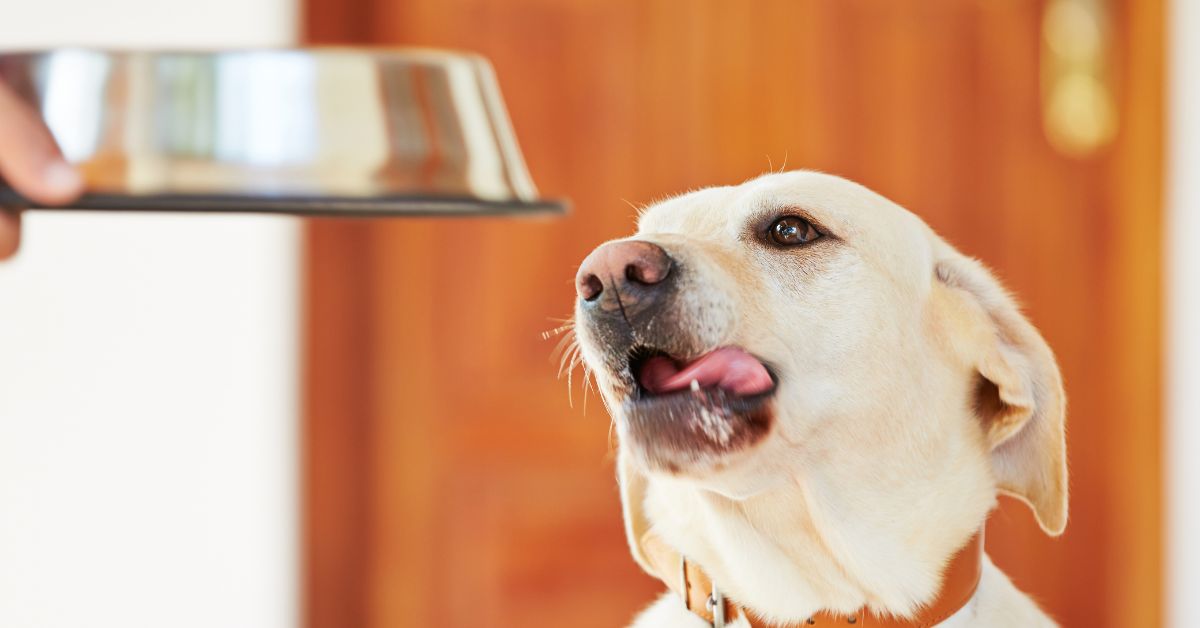Introduction
Switching your dog to a raw diet is one of the best things you can do for their health, but the transition needs to be done carefully to avoid upset stomachs. At Bush to Bowl, we believe feeding real, natural food is the key to a healthy, happy dog. Whether you're moving away from kibble or canned food, this guide will help you transition your dog to raw feeding safely and successfully.
Why Transitioning Gradually is Important
Dogs have sensitive digestive systems, and sudden changes in their diet can lead to:
- Upset stomachs (diarrhea, vomiting, or gas)
- Refusal to eat new food
- General discomfort and loss of appetite
By gradually transitioning your dog to raw food, you allow its gut to adjust naturally to the new, nutrient-dense diet.
Step-by-Step Guide to Transitioning Your Dog to a Raw Diet
1. Start Slowly and Mix Their Food
- Begin by replacing 10–20% of your dog’s current food with raw food.
- Gradually increase the raw portion over 7–10 days while decreasing the old food.
- Monitor your dog’s stools and overall behaviour during this process.
Example Transition Schedule:
| Day | Raw Food % | Old Food % |
|---|---|---|
| Days 1–2 | 10% | 90% |
| Days 3–4 | 25% | 75% |
| Days 5–6 | 50% | 50% |
| Days 7–8 | 75% | 25% |
| Day 9+ | 100% Raw | 0% |
2. Start with a Single Protein Source
To make the transition easier and pinpoint any food sensitivities, choose a single-protein option like:
- Wild Possum
- Wild Goat
- Rabbit or Hare
Stick with this protein for at least 1–2 weeks before introducing other proteins.
3. Keep Portions Appropriate
Feed raw portions based on your dog’s size and activity level. A general guideline is:
- 2–3% of their body weight per day.
For example:
- A 10kg dog needs 200–300g of raw food daily.
- A 25kg dog needs 500–750g daily.
Split the portions into two meals per day to make digestion easier.
4. Add Variety Gradually
Once your dog has adjusted to their first protein, begin adding variety. Rotate through other wild-sourced proteins like:
- Wild Wallaby
- Wild Possum
- Wild Rabbit and Hare
Adding variety ensures your dog gets a balanced mix of nutrients while keeping mealtime exciting!
5. Monitor Their Health
As you transition to raw feeding, monitor your dog for:
- Stool quality: Firm, small stools indicate good digestion.
- Energy levels: Increased vitality and enthusiasm are common.
- Coat and skin health: Shiny coats and reduced itching.
If you notice any unusual reactions (e.g., loose stools), slow the transition down or stick to one protein source longer before rotating.
Common Concerns When Switching to Raw Feeding
What If My Dog Doesn’t Like It?
Some dogs need time to adjust to the taste and texture of raw food. Start by slightly warming the raw food or mixing in a small amount of bone broth to encourage eating.
What About Bones?
Raw bones are a natural part of a dog’s diet and support dental health. Start with softer options like raw chicken necks or meaty venison bones. Never feed cooked bones, as they can splinter and cause harm.
How Do I Store Raw Dog Food?
- Keep raw food frozen until ready to use.
- Thaw portions in the fridge 12–24 hours before serving.
- Use thawed food within 2–3 days.
Why Bush to Bowl Raw Food Makes the Switch Easy
At Bush to Bowl, we take the guesswork out of raw feeding by offering:
- Wild-Sourced, Single-Protein Options: Perfect for dogs with sensitivities.
- Nutrient-Dense, Natural Food: Packed with clean, wholesome ingredients.
- Sustainably Sourced Proteins: Ethical, wild-harvested food dogs love.
We make it easy to transition your dog safely with high-quality, natural meals they’ll thrive on.
Conclusion
Transitioning your dog to a raw diet doesn’t have to be stressful. By starting slow, choosing single-protein options, and monitoring your dog’s progress, you’ll set them up for better health and vitality.
Ready to make the switch? Explore our range of wild-sourced raw meals and give your best mate the food they deserve.



